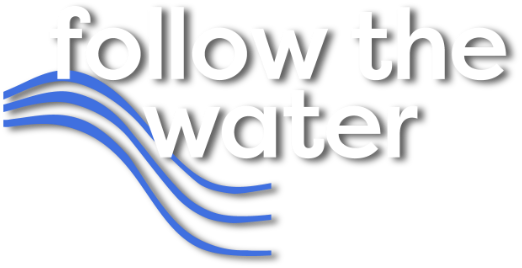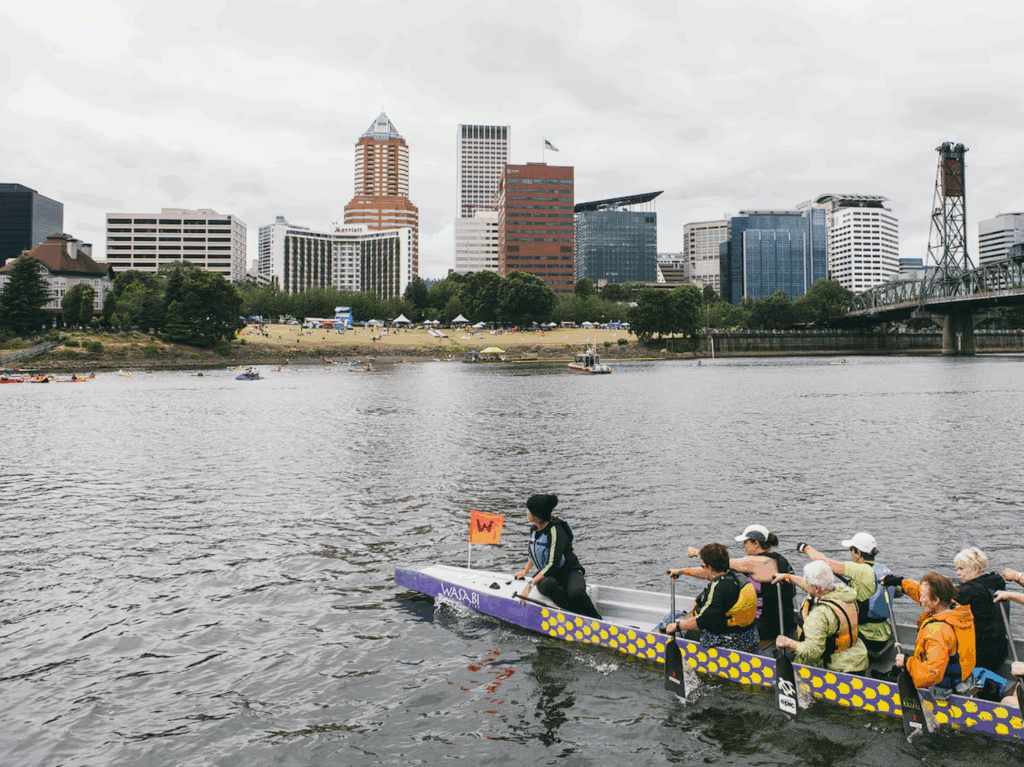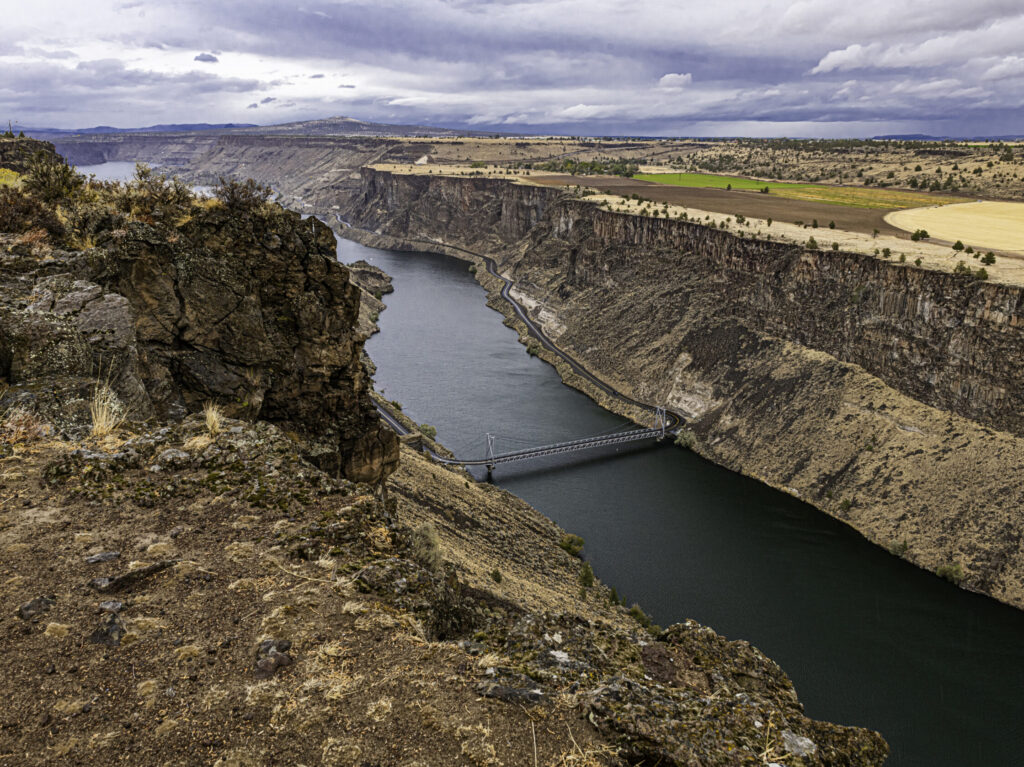Peril in the Pipes: The Dangers of PFAS in Our Waters
Author
Posted
Share

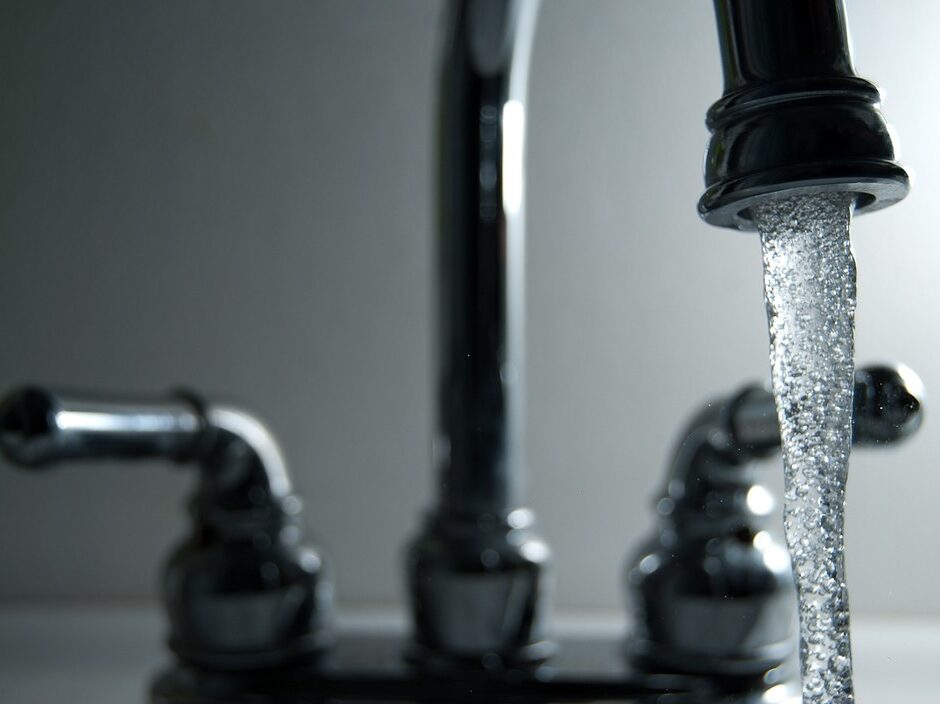
This post is part of our collaboration with Portland State University and Dr. Alida Cantor’s Water Resource Management class. Her class explored water policy, water quality and quantity issues, and environmental justice. Graduate and undergraduate students translated research for their final projects into creative forms that Follow the Water is excited to share.
Imagine you are cooking up a grand slam breakfast in your non-stick pan, making gourmet eggs, hash browns, and pancakes. With a regular pan, you would be making a mess, but with a non-stick pan, you can easily flip the pancakes. However, did you know that the non-stick coating on your pan might contain PFAS?
Many people are unaware of the chemicals they use in their daily lives. Nevertheless, these chemicals originated back in the ‘50s, and can potentially have harmful health effects. Per- and polyfluoroalkyl substances (PFAS), also known as “forever chemicals,” are a problem we face in modern society. PFAS are a chemical component we use in everything from non-stick cookware, the waterproofing in your rain jacket, your microwave popcorn bags, and there are even PFAS in products used by firefighters. A conceptual diagram of PFAS (specifically fluoropolymer) emissions created by Lohmann et al. (2020) shows the production, product manufacturing, product use, and disposal of this chemical.
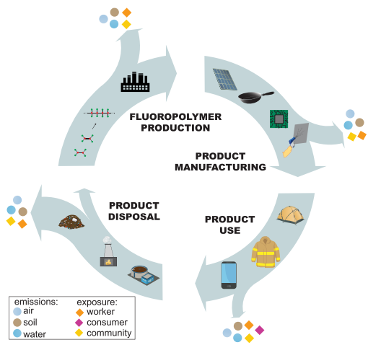
Despite their benefits, PFAS chemicals have the potential to cause serious harm. These chemicals are referred to as “forever chemicals” because they do not break down easily in the environment and can accumulate in waterways and the food chain, leading to a wide variety of human health problems, including cancers, thyroid disease, and many more. As a result, of these human problems and effects, research has grown about their impact on human health and the environment. I highly recommend that you investigate the links incorporated in this document and the ones below to enhance your knowledge of PFAS. Through these links, you will discover more about the history of PFAS, current scientific research, and, importantly, view two informative YouTube videos.
One local example of PFAS affecting a community is occurring in the place I grew up, Camas, Washington. Camas is located about 20 miles north of downtown Portland, Oregon. The chemical was discovered by the Washington State Board of Health (WSBOH) in one of the city wells near downtown Camas, where drinking water is extracted for human consumption. Camas, like many cities, has historically had good water, yet PFAS appeared in one well. Therefore, while you might think you are safe, no one is fully safe from this chemical, as PFAS is both a local issue, like Camas, but also a global issue. This chemical is hard to regulate and is not controlled by the Environmental Protection Agency (EPA). However, the City of Camas (COCW) did at least notify citizens that test results exceeded State Action Level (SAL).

So what can be done to solve problems once an incident has occurred, and what can be done to reduce your exposure to PFAS?
Regarding the first question, I think the City of Camas has an overall great plan for tackling this issue as laid out in its infographic. In my opinion, the city seems to have a holistic and positive management solution, to create a win-win solution for all parties. With that said, I would love to see Camas collaborate with its citizens. While I was notified about this issue in a letter, there was no town hall meeting set up to discuss this issue. I would love to see more residents involved, rather than just one letter. With that said, it is a step in the right direction, and I am happy with the city’s plan.
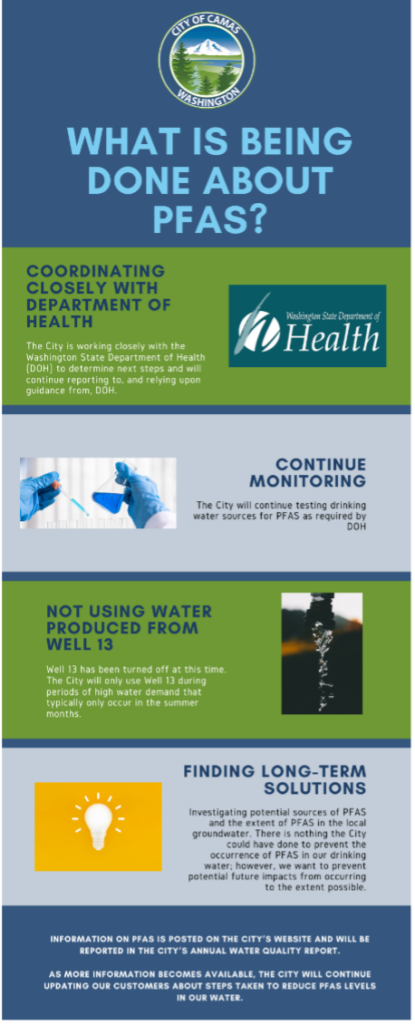
Regarding the second question, there are many things that citizens can do to reduce their exposure to PFAS chemicals. For instance, individuals can choose alternative products that don’t contain PFAS chemicals. Instead of using a non-stick pan, one could use cast iron or stainless steel. Similarly, instead of making microwave popcorn, one could make popcorn on the stove or using an air pop. In addition, you can follow guides given out by the Washington State Department of Health (WADOH, 2022) about home remedy treatments like granular activated carbon (GAC) or reverse osmosis (RO) filtration methods to treat your drinking water. On the other hand, it is not just up to you as an individual to make changes. As pointed out before, PFAS is not currently regulated by the government or even industry, so I would love to see greater enforcement given by these two parties to ensure that these chemicals are not released into our water systems.
Although it’s crucial to keep in mind the harmful and environmental risks connected to PFAS, I don’t want to leave you feeling hopeless. I didn’t mean to create a doom and gloom narrative, as the City of Camas provides an excellent illustration of how to problem-solve complex water issues. Much more is needed to be done including research concerning PFAS, and how to regulate it in the future. Nevertheless, it is important to recognize that people do care about finding solutions to this problem.
Links:
- “What are PFAS?” (2020) Youtube video by Minnesota Pollution Control Agency
- “PFAS and How to Remove the Silent Treat in Our Water” (2020) Youtube video by Kimley Horn
- Perfluorinated Compounds in Camas, WA Groundwater City of Camas (2023)
- PFAS in drinking water Clark County, Washington (2023)
- Per- and Polyfluoroalkyl Substances (PFAS) South Carolina Department of Health and Environmental Control (2023)
- PFAS Washington State Department of Health (2023)
- Home Water Treatment for PFAS (2022) Washington State Department of Health
- The Cost of Inaction: A socioeconomic analysis of environmental and health impacts linked to exposure to PFAS (2019) book by Gretta Goldenman, Meena Fernandes, Michael Holland, Tugce Tugran, Amanda Nordin, Cindy Schoumacher, Alicia McNeill
- “Are Fluoropolymers Really of Low Concern for Human and Environmental Health and Separate from Other PFAS?” (2020) academic journal article
- “Management of PFAS with the aid of chemical product registries—an indispensable tool for future control of hazardous substances” (2021) academic journal article
- “Per-and poly-fluoroalkyl substances (PFAS): Current status and research needs” (2020) academic journal article
- “PFAS in drinking water: an emergent water quality threat” (2020) academic journal article

Related Posts
Oregon Water Stories: Multnomah County
Oregon Water Stories is a project of PSU Professor Melissa Haefner’s freshman inquiry class, running…
Celebrating Earth Day 2025
Happy Earth Day 🌎 🌍 🌏 You can make an impact today—and every day—by connecting…
Oregon Water Stories: Jefferson County
Oregon Water Stories is a project of PSU Professor Melissa Haefner’s freshman inquiry class, running…
